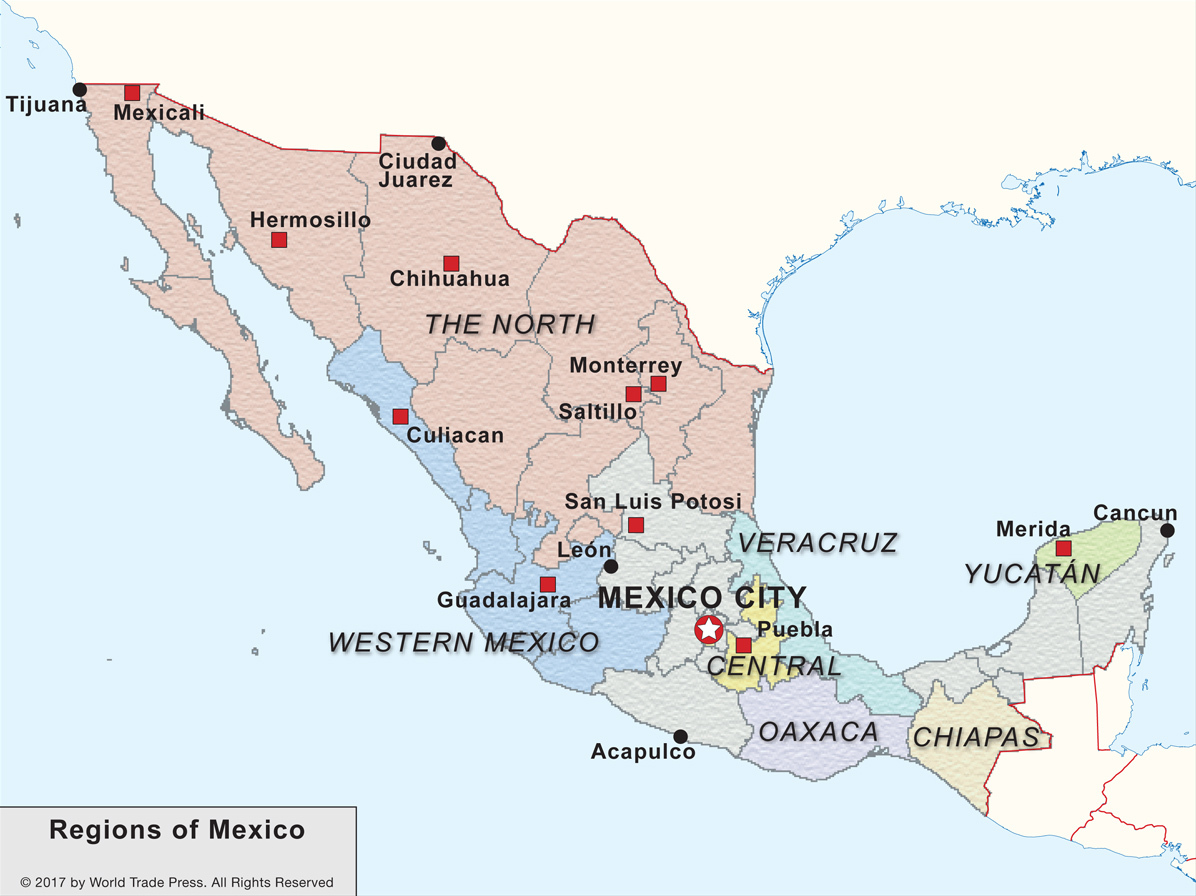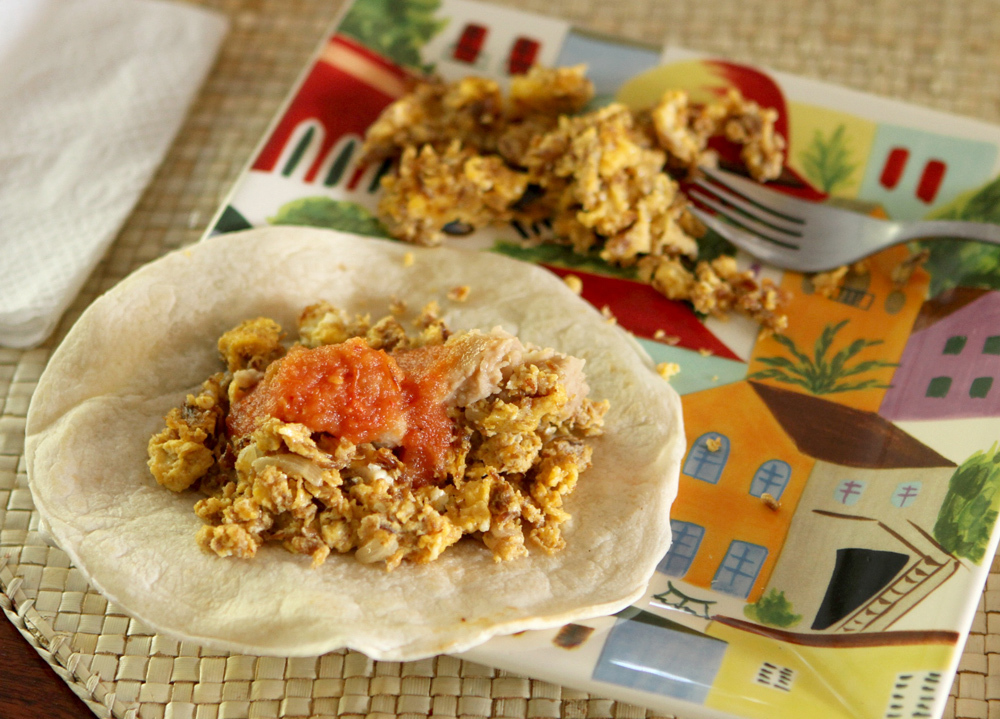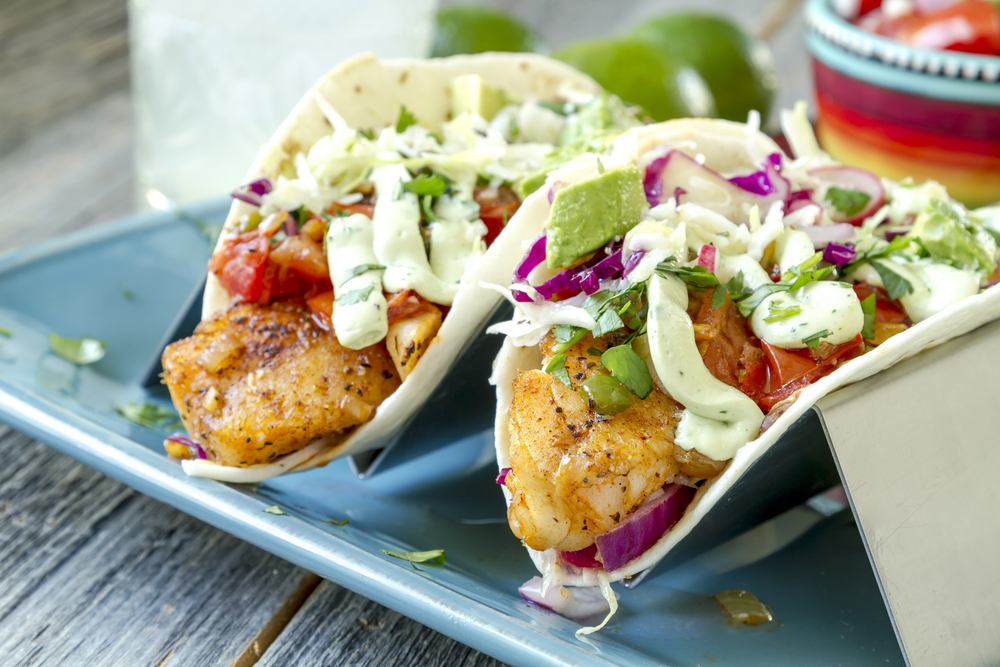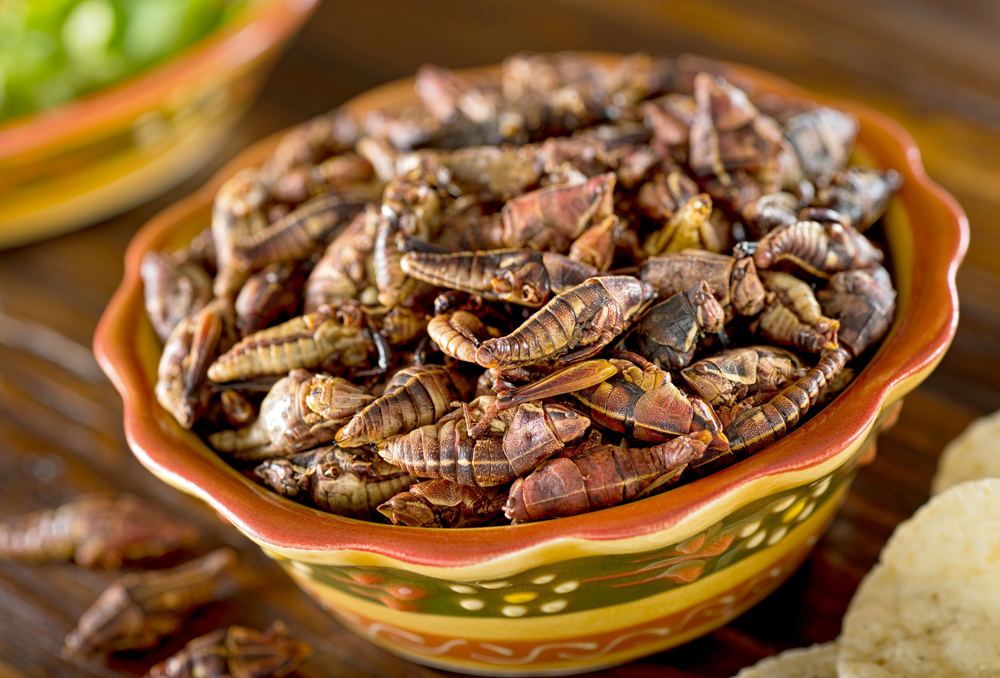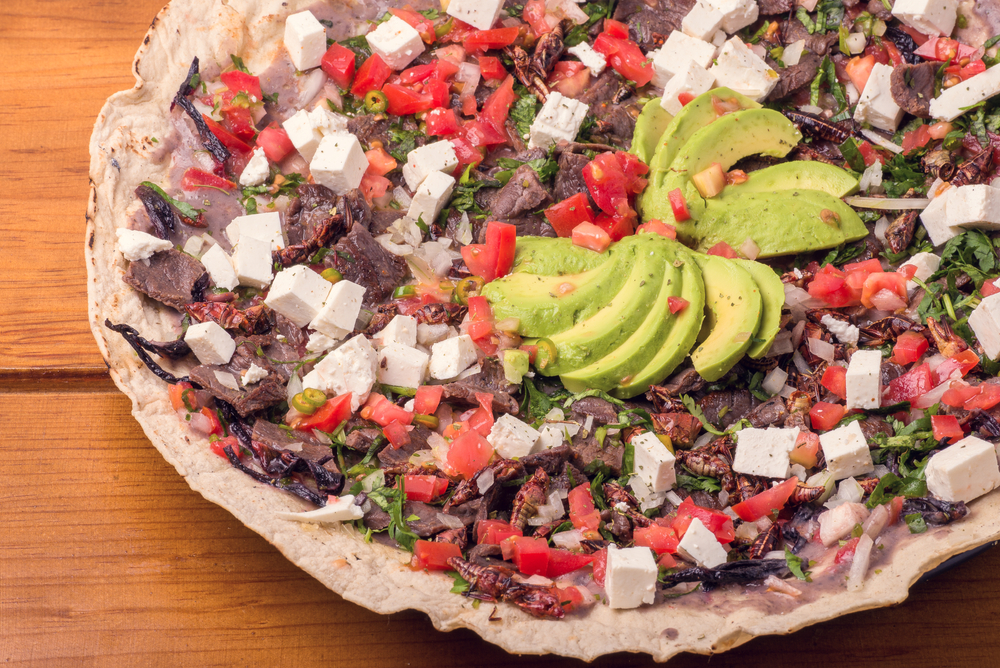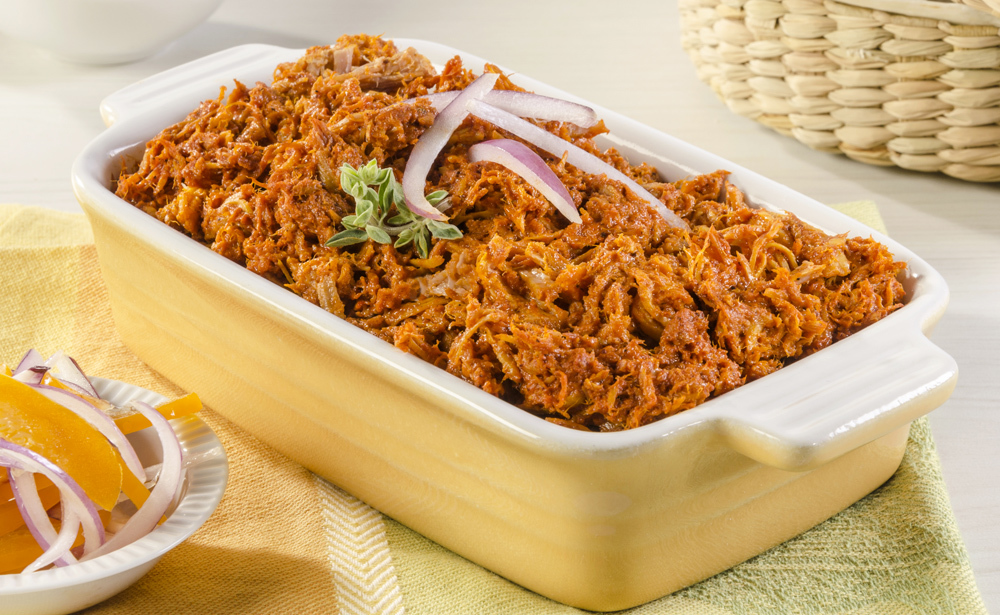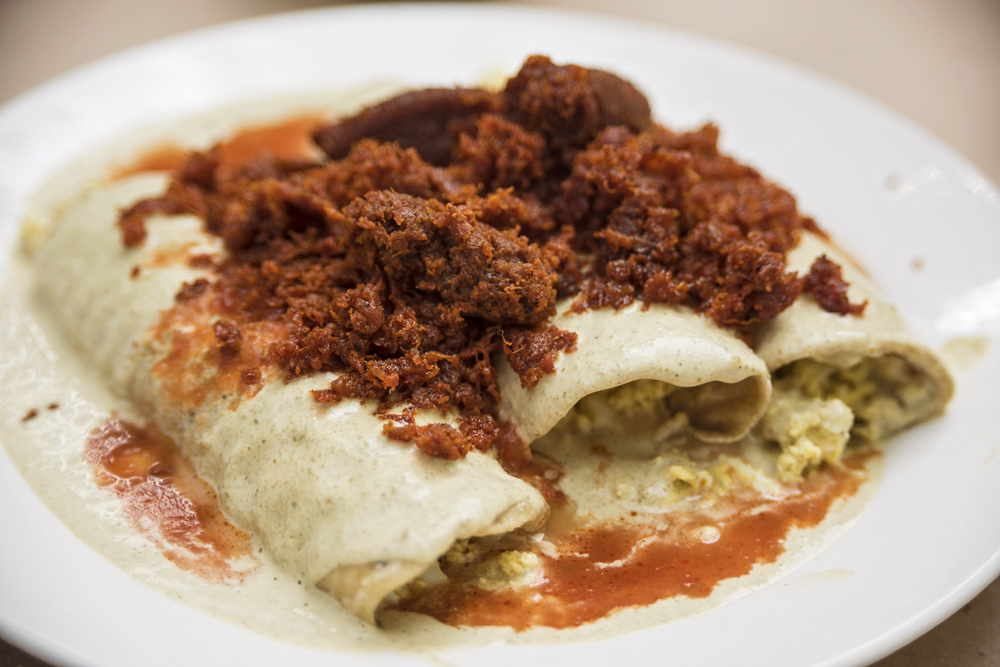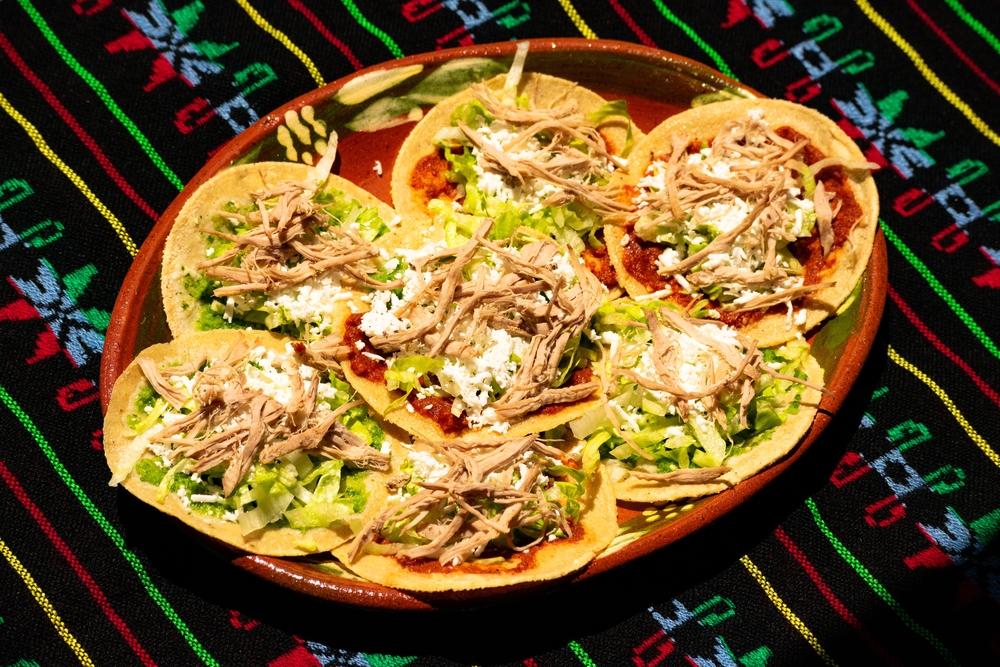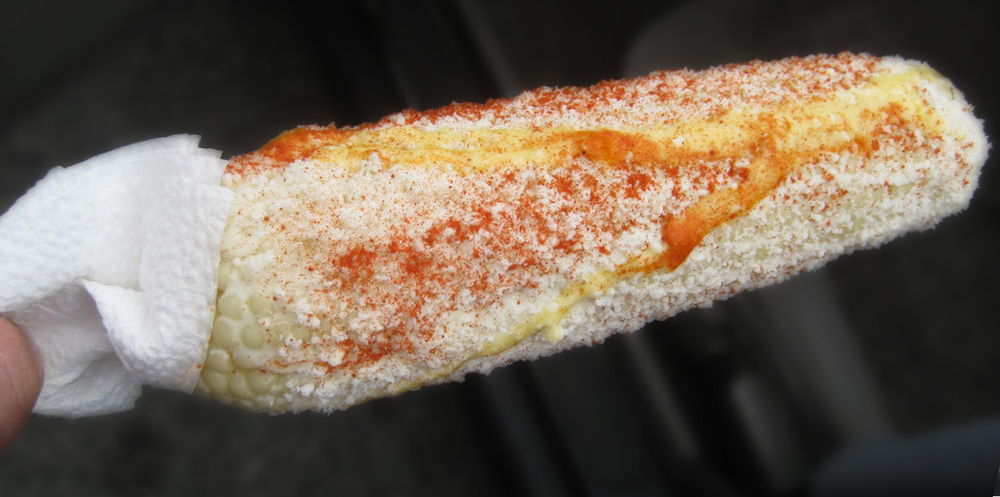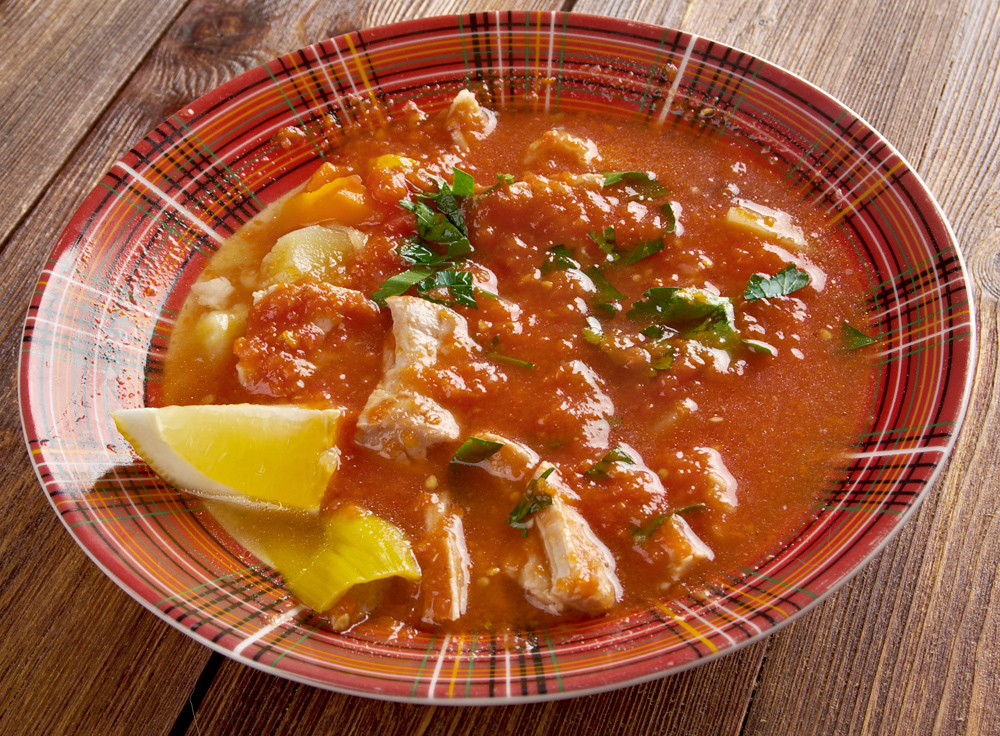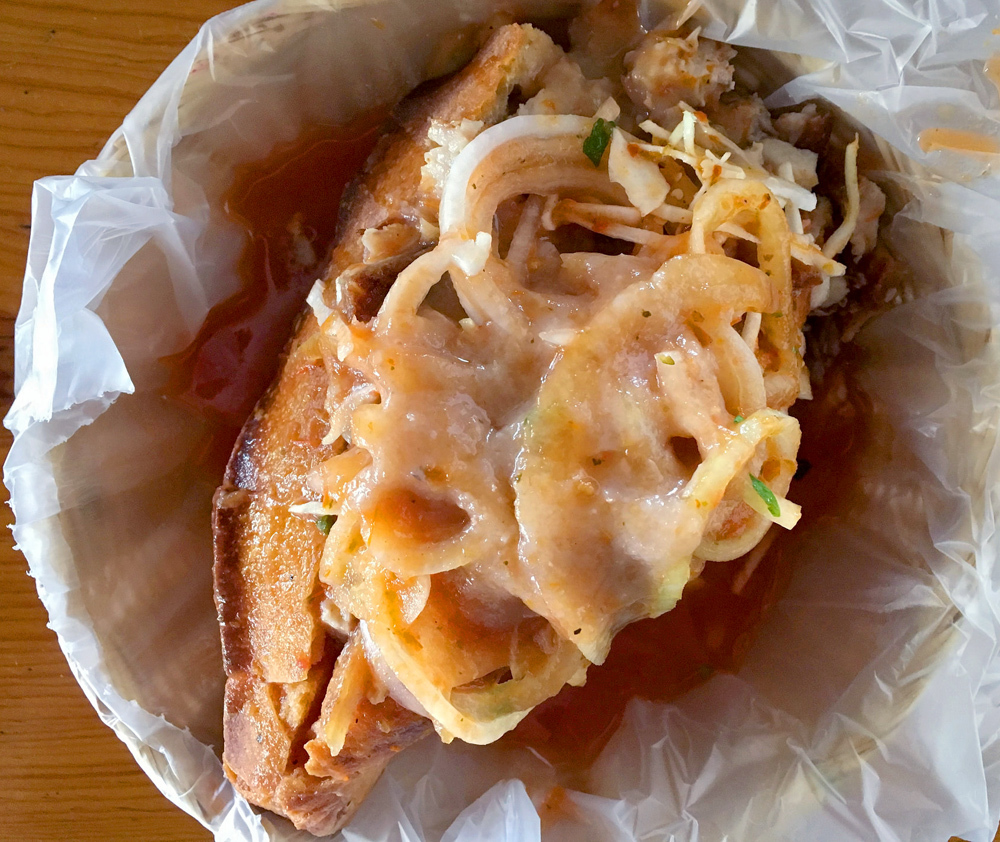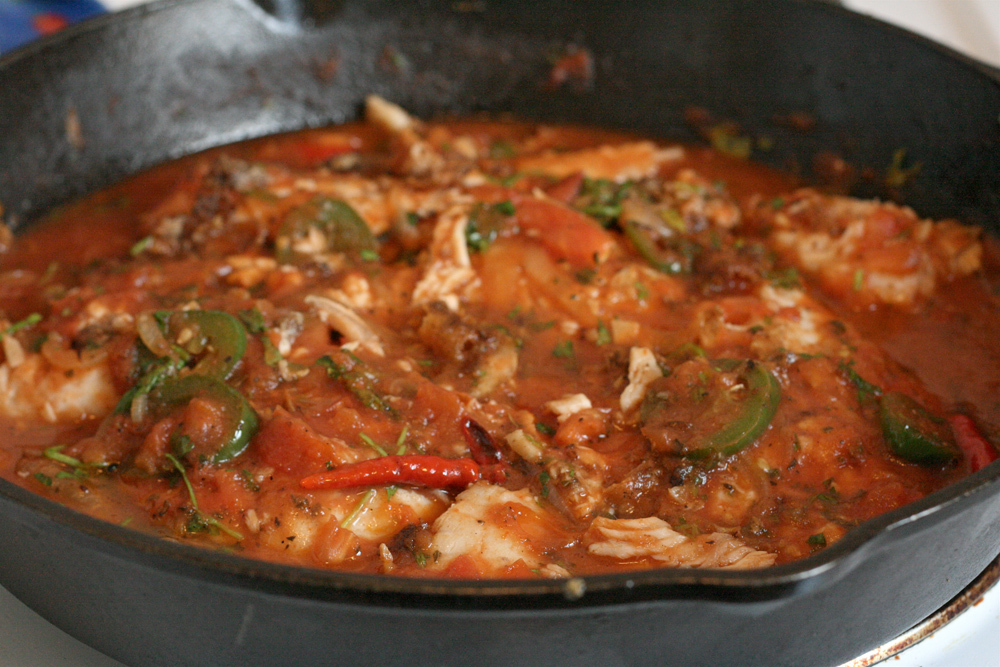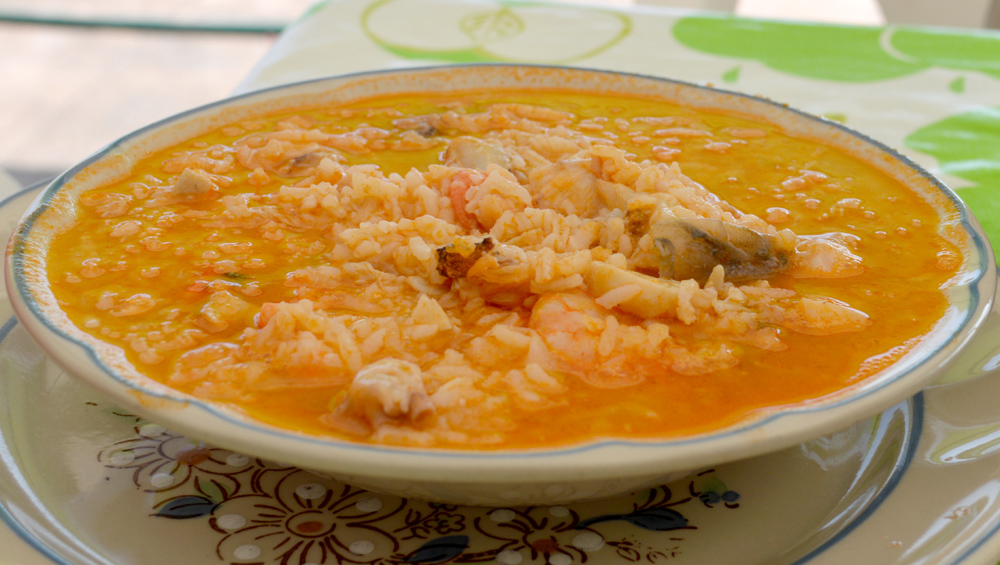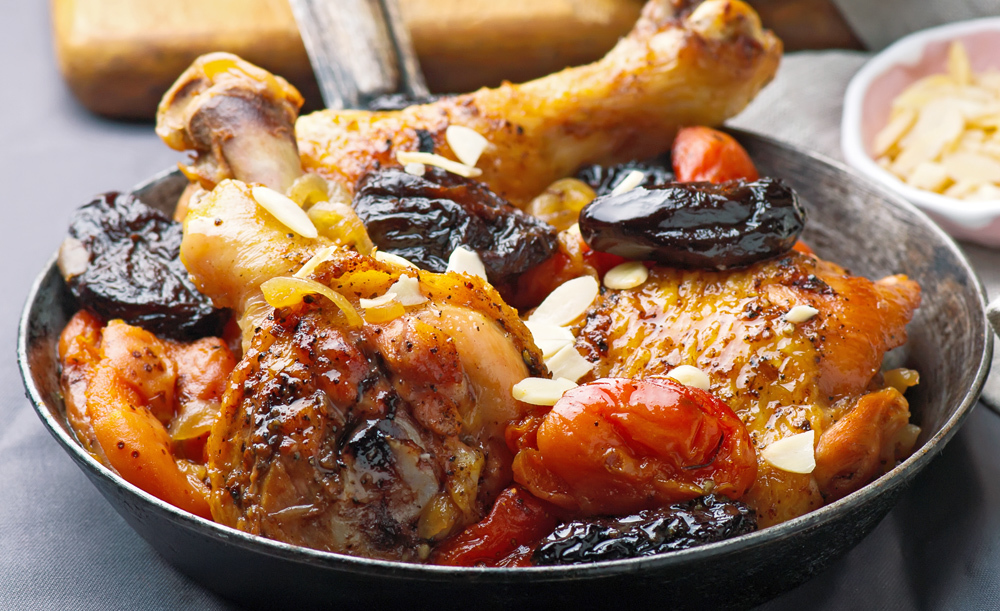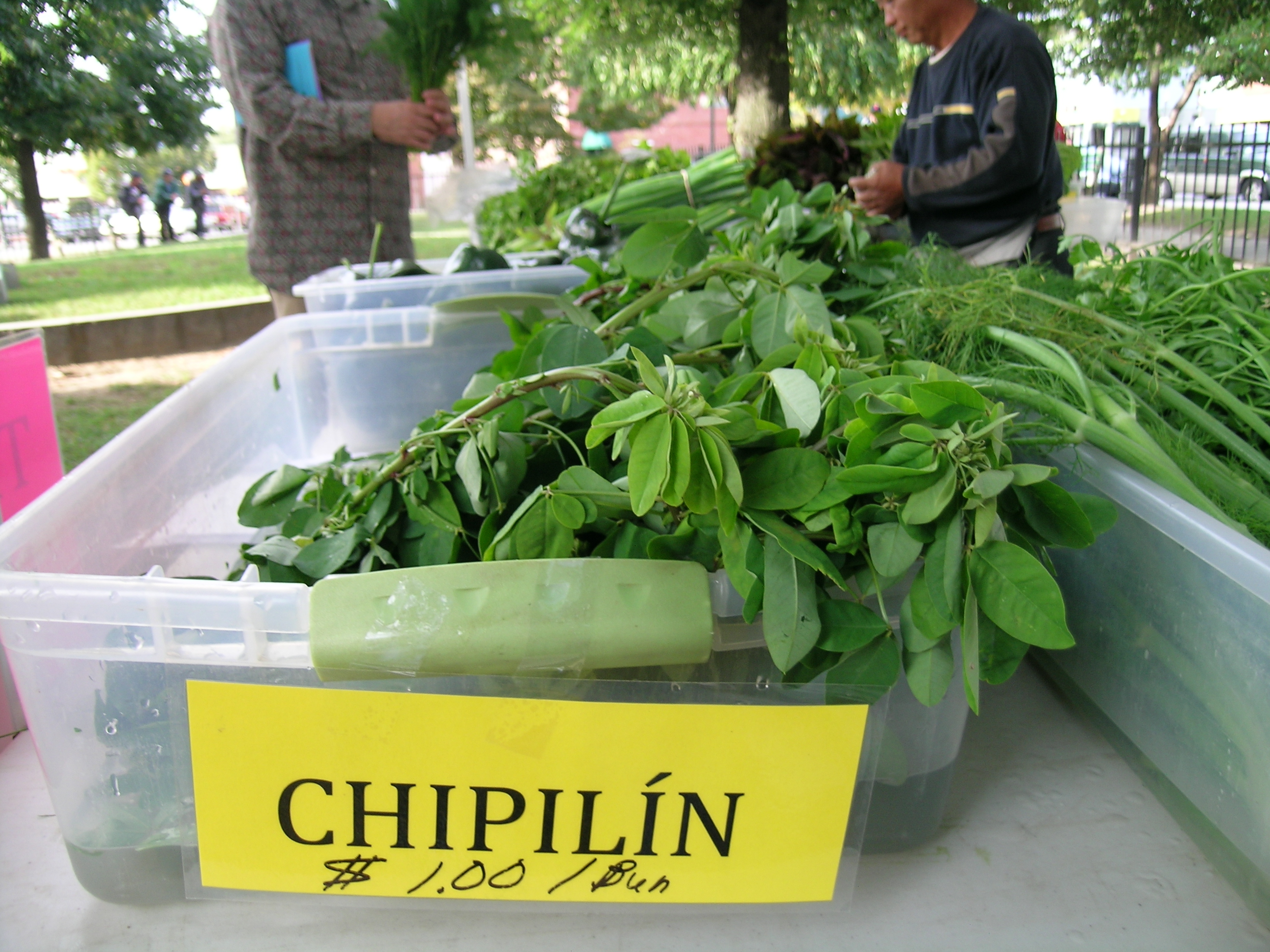Food and Drink: Regional Cuisine
In the pantheon of global cuisines, Mexican food is synonymous with tacos, quesadillas, and enchiladas, but Mexico is a large country with an incredibly diverse set of regional cuisines. Its culinary history and traditions are so rich, in fact, that Mexico was the first country to be honored for its cuisine by UNESCO, and it was inscribed to the representative list of Intangible Cultural Heritage of Humanity in 2010.
Regional Differences
Mexican cuisine follows a rough division between the north and everything else. This has to do with the respective topographies and climates of the north and south. The semiarid north is poorly suited to agriculture, but the Spanish discovered that Old World crops like wheat and livestock such as cattle thrived there. In the fertile center and south, which had long been farmed by ancient civilizations such as the Aztec and the Maya, local diets centered on corn, beans, squash, seafood, game, and chili peppers.
Indigenous Ingredients and Foreign Influences
Accordingly, wheat, beef, and dairy dominated in the north, while central and southern Mexican cuisine is based on corn, beans, and squash—the trio of indigenous staples. Other important indigenous ingredients include tomatoes, tomatillos, chili peppers, zucchini, and avocados, as well as cacao and vanilla. Spanish colonizers introduced Old World ingredients to Mexico, including pork and chicken, as well as wheat and rice, along with various spices imported from both Europe and the Far East. The African slave trade introduced both Caribbean and African cooking styles and ingredients. During the 19th century, Mexico experienced a wave of immigration from Lebanon, Germany, France, China, and Italy, with new immigrants contributing their culinary traditions to the national melting pot.
Chili pepper is an integral part of the Mexican cultural and culinary identity. Ranging from fiery hot to subtle and mild, a variety of cultivars is used to enhance everything from savory dishes to beverages and even desserts.
Street Food
Mexico has perhaps the strongest street-food culture in Latin America. Local street food vendors are usually a good place to sample traditional recipes like tamales, tacos, quesadillas, and empanadas, often prepared with a twist to reflect local ingredients or tastes.
Culinary Regions of Mexico
The North
Encompassing the states of Baja California, Baja California del Sur, Sonora, Chihuahua, Coahuila, Durango, Zacatecas, Aguascalientes, Nuevo León, and Tamaulipas, el Norte reaches from the Pacific coast of Baja to the turquoise waters of the Gulf of Mexico. The North developed a particularly distinctive cuisine compared with the rest of Mexico due to the arid climate. It was a largely hunter-gatherer society until the Spanish introduced wheat and cattle, out of which grew the iconic ranchero culture. The local cuisine is thus characterized by chargrilled meats, beans, cheeses, and flour tortillas, as well as chilies, squash, peas, and dried fruits. Grilling is the dominant cooking method, and it is traditionally a male realm. American-style Tex-Mex dishes such as burritos and fajitas are based on the cuisine of this region.
Machaca. Made of rehydrated, shredded beef or pork, machaca is typically served on flour tortillas with peppers and onions. Dried meat was a practical preservation method for itinerant ranchers and cowboys before the era of refrigeration.
Cabrito. Roast goat kid is a specialty of the city of Monterrey, where it was introduced by Jewish immigrants in the 17th century. The most common preparation is al pastor, in which the goat carcass is laid flat and roasted on a spit.
Pan de semita. This unleavened bread spiced with anise, pecans, and raisins also came into the cuisine of Nuevo León with the arrival of Jewish immigrants.
Fish tacos. From the Baja peninsula, this recipe combines the northern staple of flour tortillas with the fresh whitefish available on the Pacific Coast. Flavored with lime, garlic, cumin, and chili powder, fish tacos are a simple recipe that fuses the region’s standout ingredients.
Oaxaca
Located along the south Pacific coast, Oaxaca is a small and ethnically diverse region noted for its colorful culinary traditions and colonial architecture. Oaxaca is synonymous with mole, a simmered sauce made with roasted ingredients in a laborious process, which is served atop everything from tamales to meat dishes and savory pastries. Often called the “Land of Seven Moles,” Oaxaca is perhaps most famous for its mole negro, made with dried chilies and cocoa powder. Some of the region’s most dominant flavors are pre-Columbian ingredients, such as tomatoes, corn, avocado, and cocoa, fused with Old World ingredients introduced by the Spanish, like chicken, beef, and cheese, creating an eclectic, multifaceted cuisine. This region has a particularly pronounced culture of street food.
Tetelas. Served off a hot comal (griddle), these cornmeal pockets are stuffed with beans, meat, and cheese, and make for a hearty snack or lunch.
Chapulines. This crunchy, spicy, salty snack of fried grasshoppers flavored with garlic and lime juice is a popular street food.
Tlayuda. Oaxaca’s answer to pizza, a tlayuda is a large open-face fried tortilla covered with refried beans or pork lard, lettuce or cabbage, meat, Oaxaca cheese, and salsa. The Italian influence in this dish is unmistakable: Oaxaca cheese, a kind of fresh string cheese, evolved out of mozzarella recipes introduced by Dominican monks in the 17th century.
Tejate. This indigenous drink is substantial enough for a snack. Made from a paste of maize, cacao beans, fruit pits, and the native tree flor de cacao, the frothy, earthy beverage is a beloved pre-Columbian recipe.
Yucatán
Due to its relative geographic and cultural isolation, the cuisine of the Yucatán is in a league of its own. The eastern peninsula was historically the center of Mayan civilization, giving the cuisine a strong pre-Columbian foundation, with strong influences from neighboring Caribbean cooking, as well as European and Middle Eastern cuisines introduced by immigrants to the region.
The staple grain is maize, which is consumed at virtually every meal, typically in the form of tortillas or as pozol, a thin gruel made of white corn. Typical spices in yucateco cuisine include habanero chile, achiote (annatto seed), sour orange, red onion, allspice, oregano, and blended seasoning pastes called recados used as rubs or thickeners. Tropical fruits such as tamarind, plums, bitter oranges, and avocados are featured prominently. In the coastal areas, seafood and fish are the main proteins, while turkey (the only indigenous poultry to the New World) is common in the interior.
Cochinita pibil. In the original Mayan recipe, young pig or deer was slow roasted in an earthen pit. Today, the dish is more commonly marinated in a bright citrus and achiote marinade, which tenderizes the meat and gives it its characteristic red color before slow roasting in a banana leaf.
Poc chuc. Meaning “to toast on charcoal” in the indigenous Mayan language, poc chuc is an indigenous recipe for preparing meats using a citrus marinade. The meat is then grilled and served with rice, refried beans, and avocado.
Chiltomate. This ubiquitous fruity and spicy salsa combines two key ingredients in the cuisine of the Yucatán: habanero chili and tomato.
Papadzules. This Mayan-style corn tortilla is filled with hardboiled eggs and smothered in a sauce of ground pumpkin seed and tomato. The exact genesis of the recipe is disputed, but it is commonly accepted that papadzules are the forerunner to the modern enchilada.
Central
In pre-Columbian times, the Aztec capital of Tenochtitlan was the largest city in the Americas. Today, the ancient site has been subsumed in the sprawl of downtown Mexico City, now one of the largest cities in the world. Both in pre- and post-Columbian times, however, this region was the center of power, attracting immigrants who brought with them their local culinary traditions. Today, this diversity is perhaps best seen in Mexico City’s street food scene, where local vendors take dishes from all over the country—and the world—and put their own spin on them.
The neighboring colonial city of Puebla also makes important contributions to Central Mexican cuisine. Known for its mole poblano—a rich sauce made with poblano peppers, dozens of spices, and cocoa powder—Puebla is considered the “cradle of corn,” as it is believed corn production began in this region.
Chalupas. Fried in lard, a corn tortilla is topped with meat and salsa. Chalupas are late-night street foods popular after a night of revelry.
Tacos árabes. Mexico’s answer to Turkish-style kebabs or Greek gyros, tacos árabes (pita bread with roasted meats, “Arabic style,” accompanied with salsa) embody the multicultural influences of Central Mexican cuisine.
Chiles en nogada. Originally from Puebla, this dish is said to have originated during the Mexican War of Independence. Poblano peppers are filled with picadillo (shredded meat, fruits, and spices), smothered in a walnut cream sauce, and topped with red pomegranate seeds and green chilies. The result boasts the red, white, and green of the Mexican flag.
Elote. Boiled corncob on a stick is a ubiquitous snack sold seemingly on every corner of the capital. Toppings can include lime, chili powder, butter, cheese, or sour cream.
Western Mexico
Western Mexico includes the states of Michoacán, Jalisco, Nayarit, and Colima. Stretching along the Pacific coast, the interior is crisscrossed by a network of rivers and lakes flowing through a large plateau surrounded by mountains, giving Western Mexican cuisine strong influences from both land and sea. Rice and pork, as well as beef from local ranches, are featured prominently in local recipes. Typical ingredients include tomatillos, tomatoes, dried chilis, avocados, beans, mushrooms, and a salty cheese called queso cotija. With its emphasis on slow-cooked, hearty stews and pork products, western Mexican cuisine can be thought of as a kind of Mexican soul food—which is fitting, as this region is often described as the cultural soul of Mexico.
Carnitas estilo Michoacán. The region of Michoacán is noted for its crispy fried pork. Carnitas are usually served on corn tortillas, flavored with fresh onion, cilantro, chili, and lime.
Birria. A rich, spicy stew of goat or mutton and adobo spices, birria is the region’s signature dish, and a purported hangover cure. It is traditionally served at banquets and holidays and the stew is considered a symbol of local identity.
Tortas ahogadas. The bread to make these popular sandwiches is first drenched in a spicy arbol chili sauce. The bread is left to dry and is then filled with fried pork, onion, avocado, and more chilis.
Tequila. The state of Jalisco is the only place that can legally brew tequila, a strong alcohol made from the blue agave plant.
Veracruz
The cuisine of Mexico’s Gulf Coast is distinguished by the interplay of indigenous, Afro-Caribbean, and Spanish influences. During the colonial period, the city of Veracruz was a significant port of entry in the slave trade, with Caribbean traders and African slaves introducing new ingredients like peanuts, plantains, sweet potato, and yucca. The Spanish contributed Old World ingredients, and these foreign influences combined with local ingredients such as corn, beans, avocados, tropical fruit, chili peppers, and plentiful local seafood and ocean fish to create the laid-back creole cuisine of Veracruz.
Corn is less prominent than in other regions of Mexico; preferred staples in Veracruz are rice and plantains, as well as tubers like yucca and sweet potato. Coffee is an important beverage, as the state of Veracruz is the second largest producer of coffee in Mexico after Chiapas.
Huachinango a la veracruzana. Veracruz’s signature dish is a baked whole red snapper smothered in a tomato sauce infused with the flavors of the Mediterranean, such as capers, bay leaf, olives, and garlic.
Pollo encacahuatado. This complexly flavored dish—chicken in a tomato-peanut sauce—is a triumvirate of the region’s leading culinary influences: chicken was introduced by the Spanish, tomato is an indigenous crop, and peanuts came from Africa by way of the Caribbean.
Arroz a la tumbada. Similar to Spanish-style paella, this iconic dish combines rice with seafood and fish, flavored with tomato, chili, parsley, cilantro, and epazote, for a rich mix of local and European flavors.
Zacahuil. The local spin on the corn tamale is 4–6 feet (1.2–2 m) long, stuffed with pork or chicken, covered in banana leaves and cooked in a wood oven, giving it a fire-roasted flavor. Due to its large size, it is typically sold at open-air markets or served at celebrations.
Chiapas
Home to the ruins of the several important ancient Mayan cities, the largely rural, tropical state of Chiapas has one of Mexico’s largest populations of indigenous peoples. Bordering Guatemala to the south, Chiapas is a fiercely independent region, and the cuisine has largely retained this proud indigenous character. Unlike most other parts of Mexico, Chiapas largely eschews chili pepper in favor of subtly sweet flavors. Spanish influence can of course be seen in ingredients like beef, pork, and chicken, but local protein sources such as wild game and even lizards are also common. Corn and beans are the main staples, along with vegetables like squash, avocado, carrots, and tropical fruits. Chiapas is the main coffee-producing region in Mexico and is known for its exceptional coffee beans.
Estofado de pollo en frutas. Indulging the regional sweet tooth, this stew is a satisfying concoction of the savory and the sweet: chicken with garlic, ground cinnamon, ancho chili, and a medley of dried fruits. Stews are popular in tropical mountainous areas, where temperatures can drop quite low at night.
Chipilín. The local leafy green chipilín gives the food of Chiapas a unique flavor found nowhere else in Mexico. The leaves are used as a spice and a garnish, while the legume from the plant can be boiled and eaten as a vegetable.
Balché. Based on an ancient Mayan recipe, balché is a mild alcoholic beverage made from the fermented bark of the Lonchocarpus violaceus tree, flavored with honey. Spanish colonizers outlawed this intoxicating—and ceremonially important—drink.
Article written for World Trade Press by Carly K. Ottenbreit.
Copyright © 1993—2024 World Trade Press. All rights reserved.

 Mexico
Mexico 